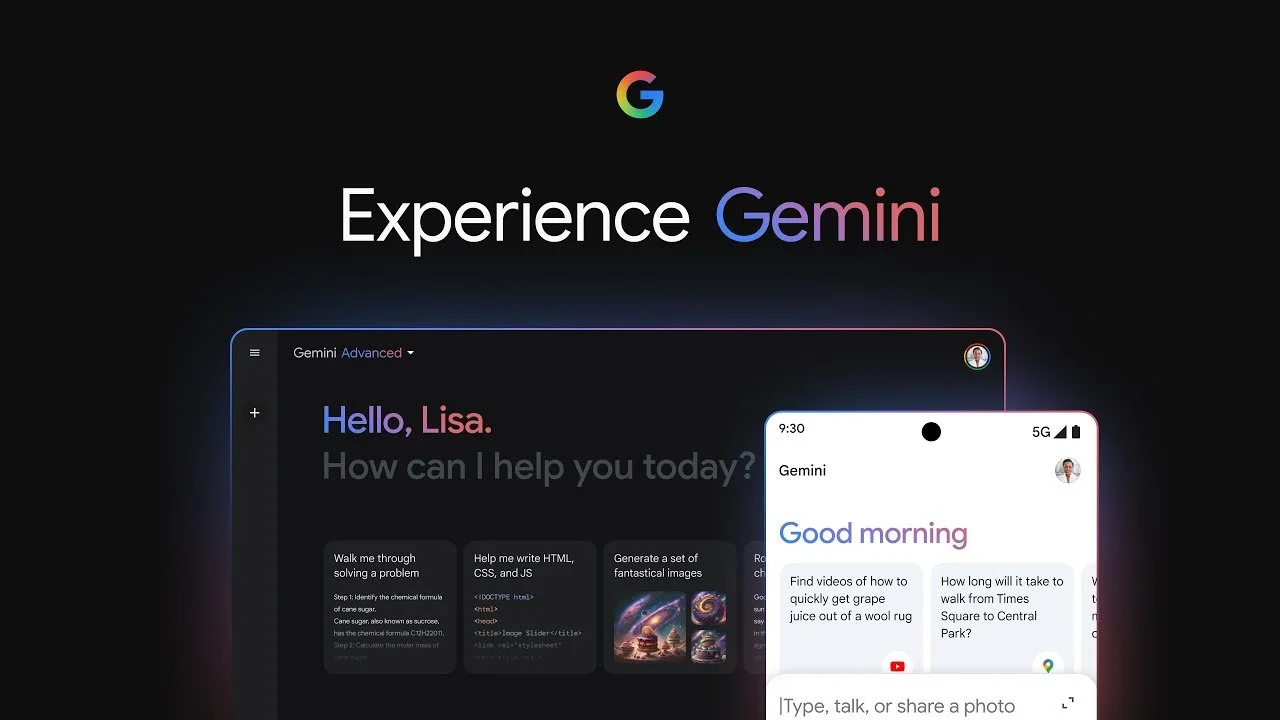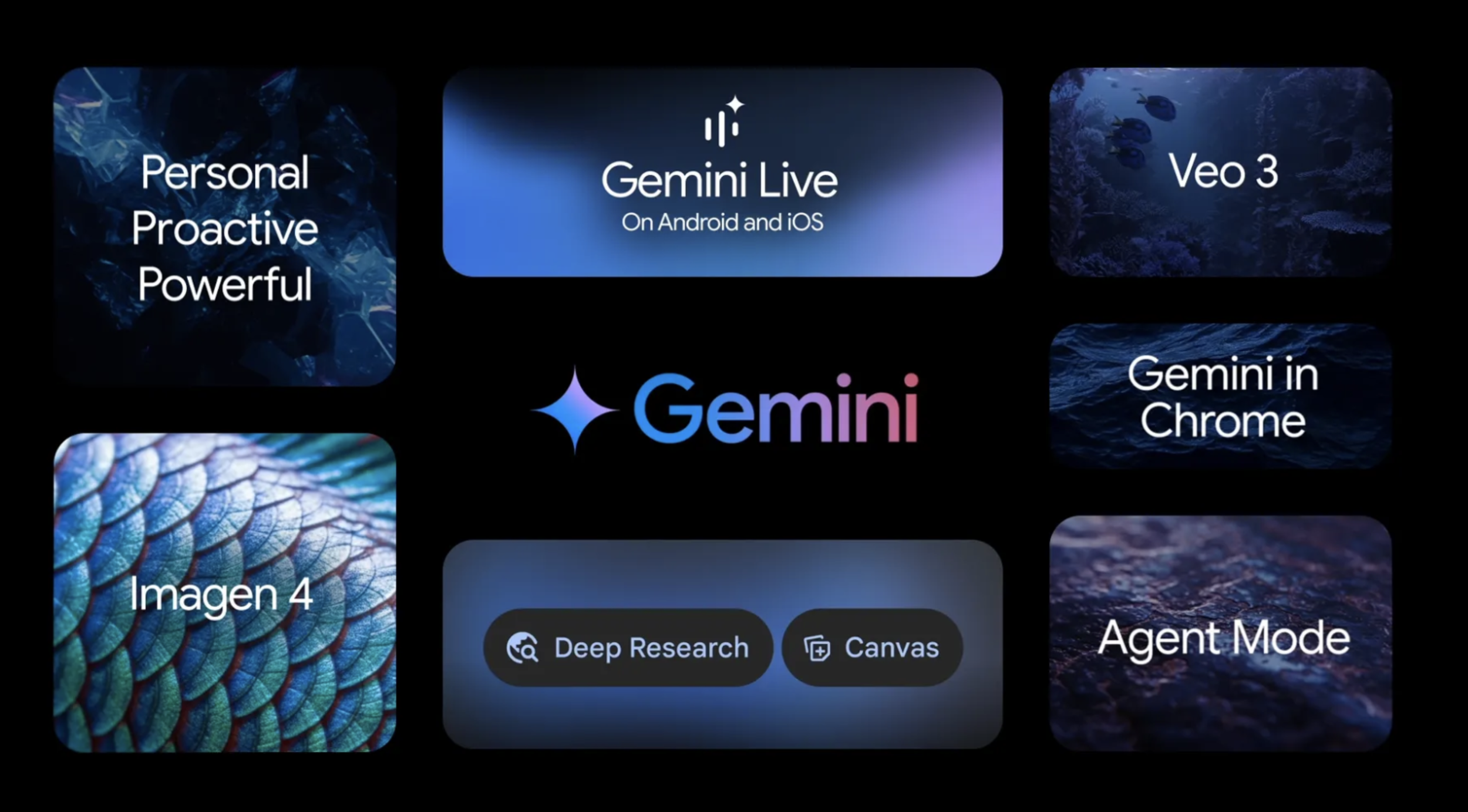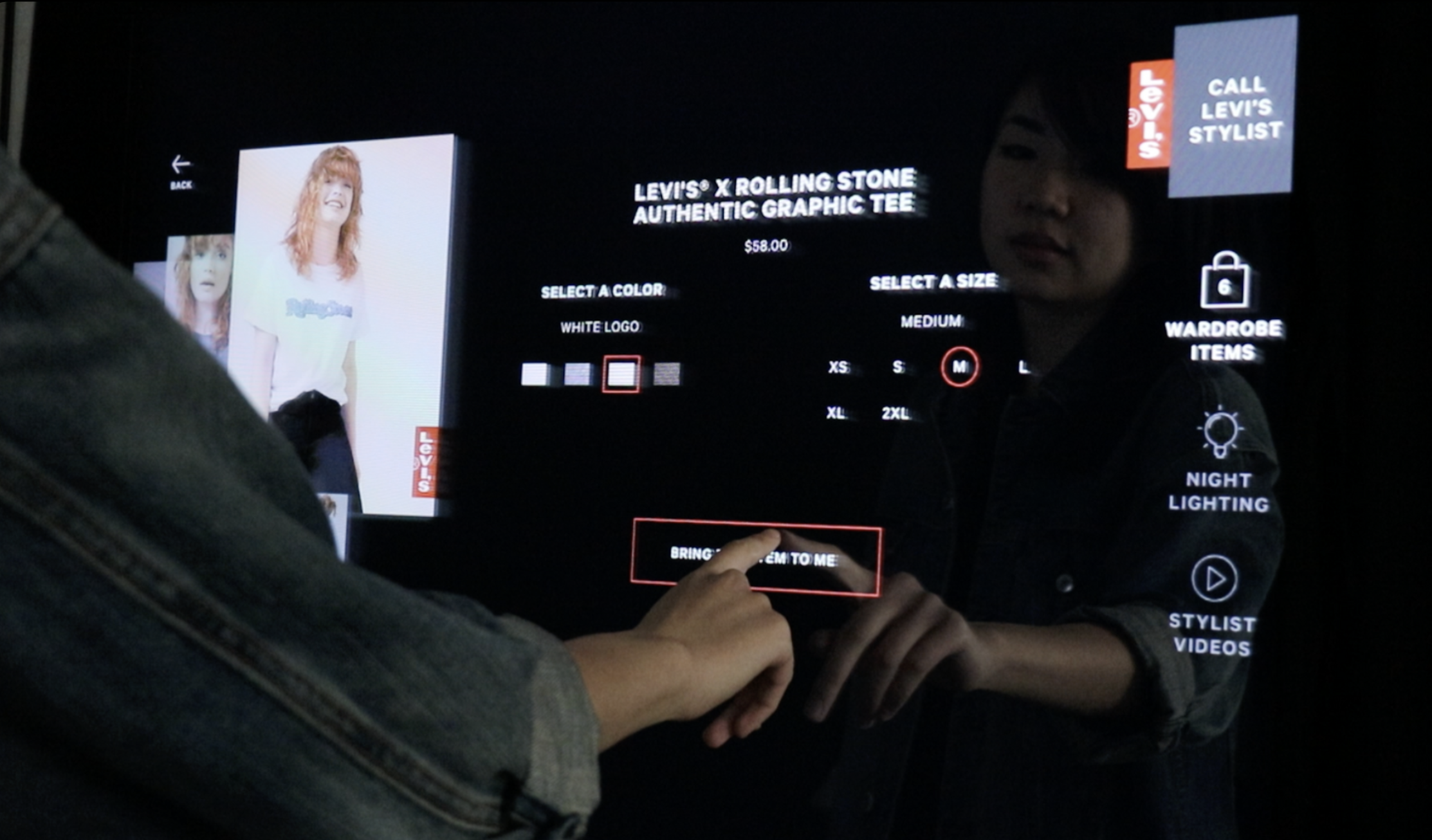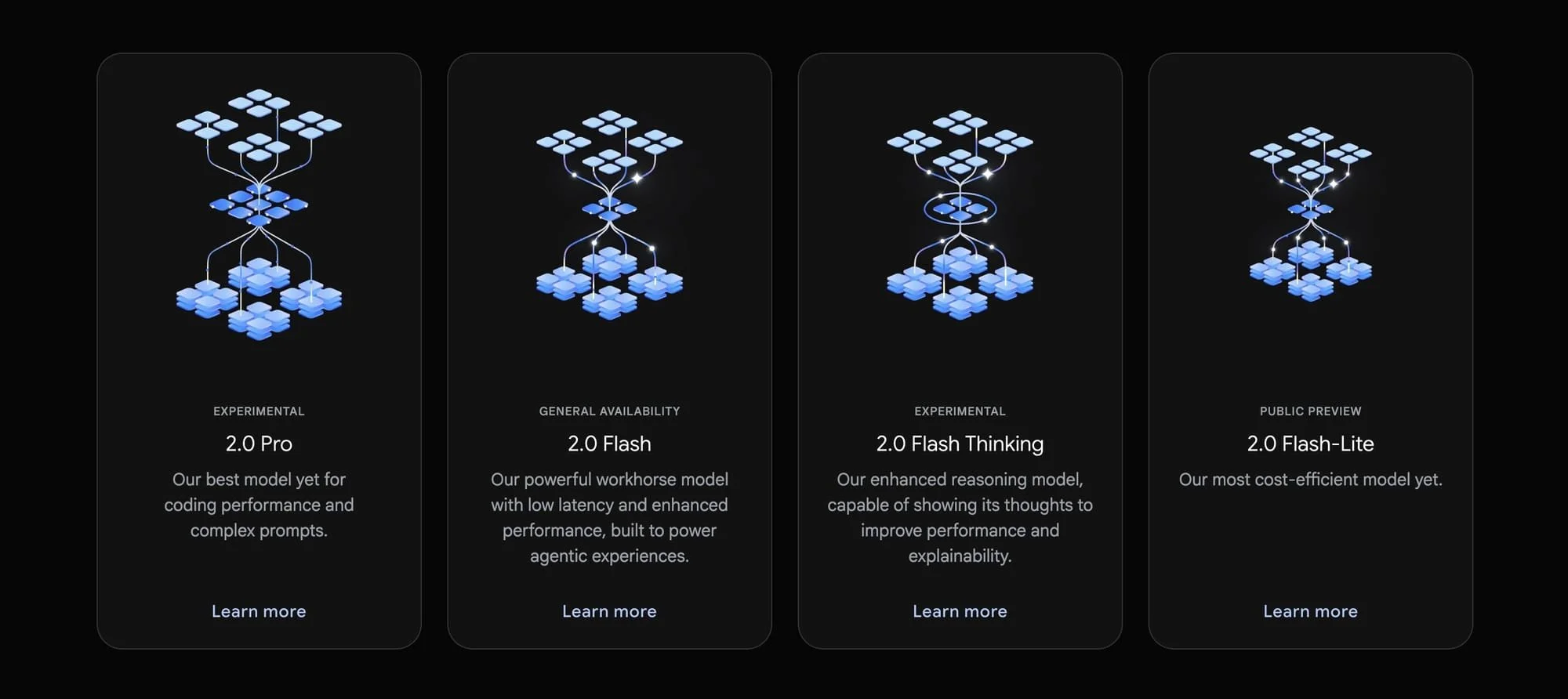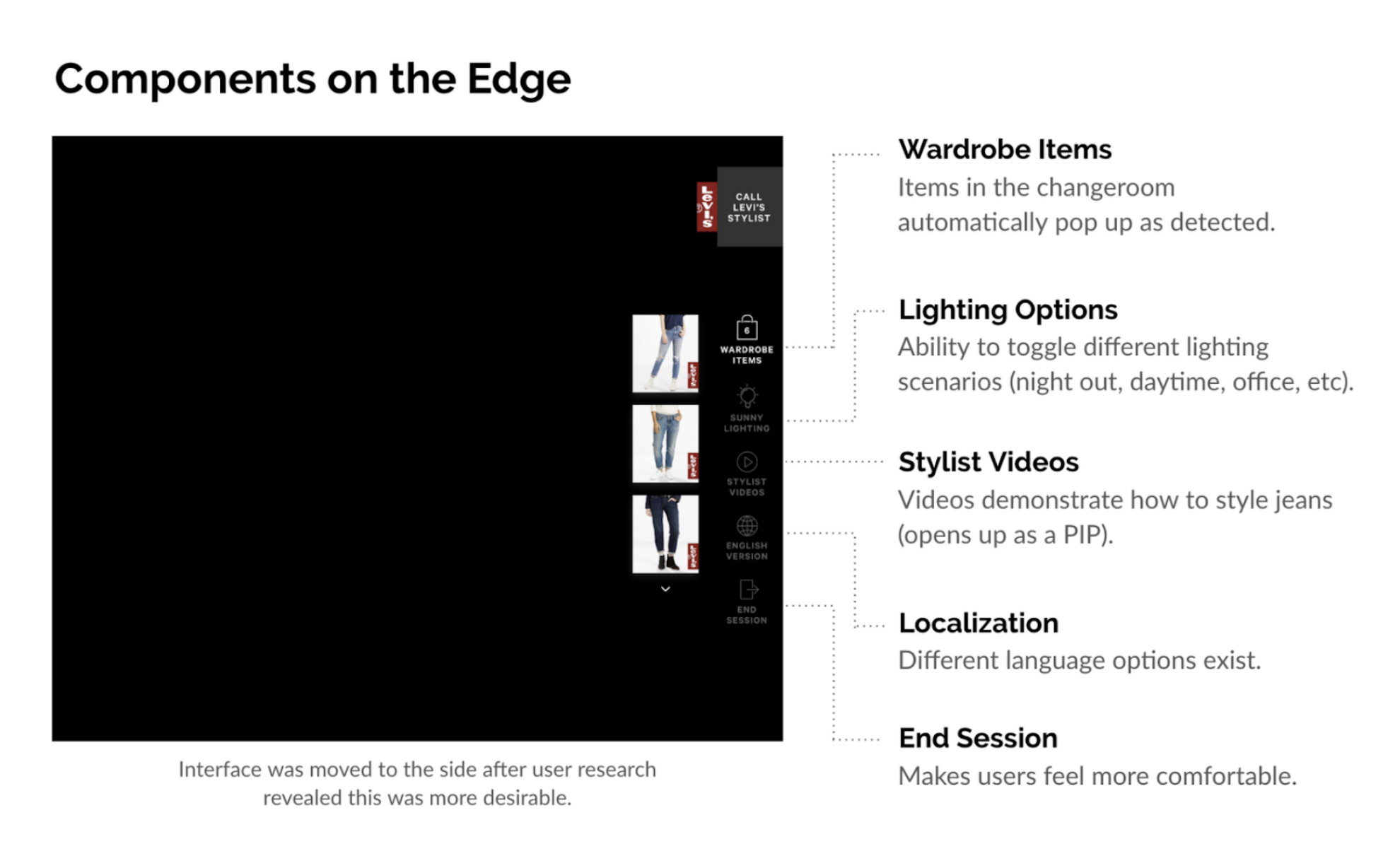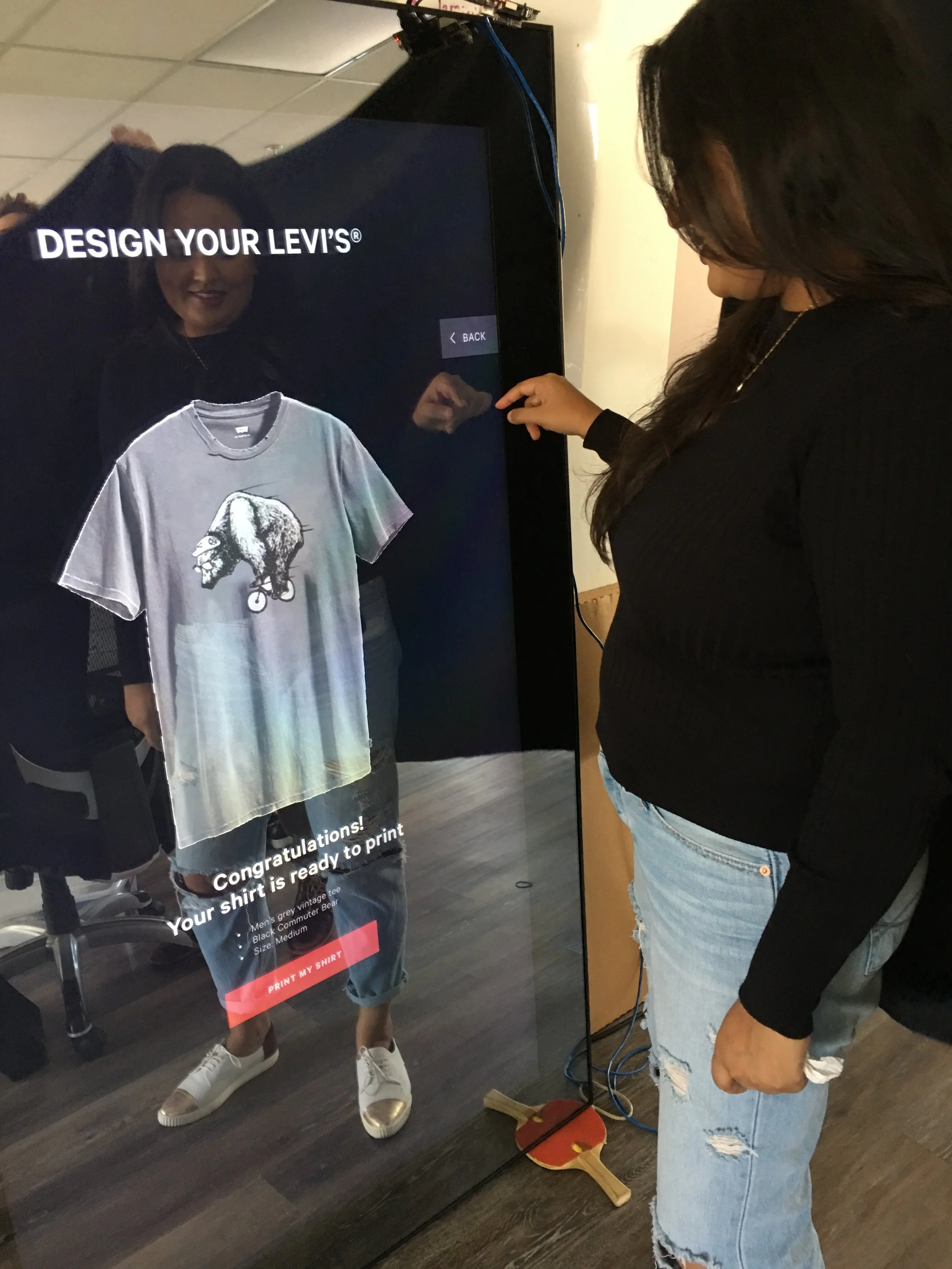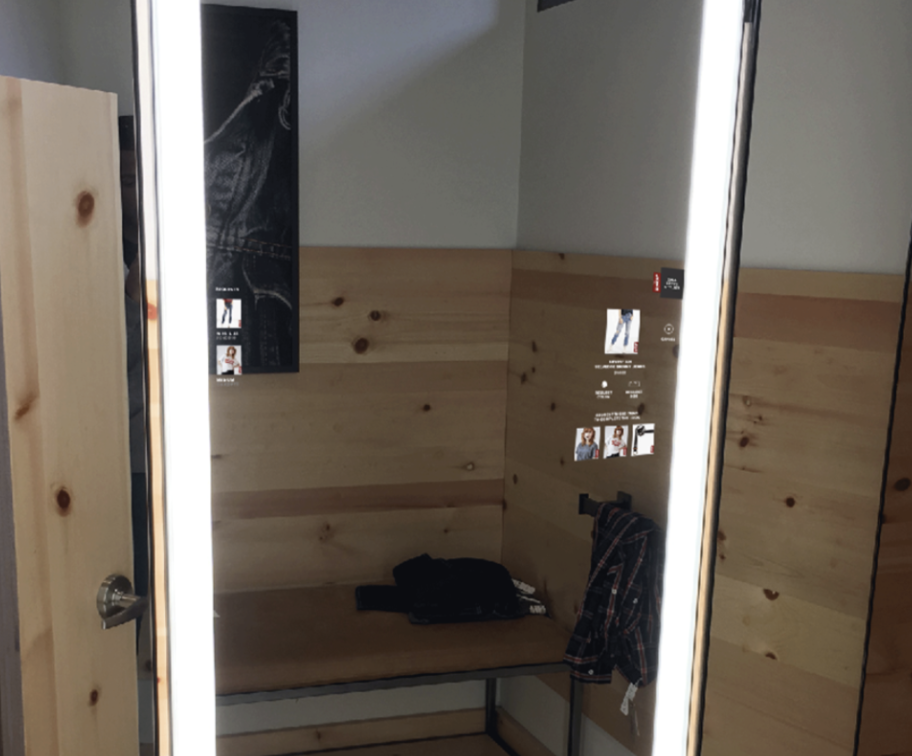Hello, my name is Meichi.
I’m a Senior Product Designer at Google currently working on their AI: Gemini.
I have 14+ years of design experience crafting user-focused products for
global brands like Google, Levi’s,
Shell, and more.
Work
Timeline
Google
2019 - present
Senior Product Designer
Momentus Studio
2015 - 2019
Senior Product Designer
Finger Food Studios
2015
Product Designer
Medeo
Brand Manager
2013 - 2015
Paramount Pictures
Marketing Manager
2010 - 2011
My Work
Designing
Google Gemini
Designed Google Gemini’s onboarding and feature discovery to make Google’s AI more approachable and useful. By introducing educational moments and guided exploration, the project improved engagement, lowered barriers to entry, and increased active users globally.
Designing Google’s
Internal AI Training Tool
Designed an internal AI training tool for Google that streamlined human reviewer workflows, making annotation and evaluation faster and more valuable. The tool improved scalability, integrated feedback loops, and ultimately enhanced the quality and safety of Google’s
AI models.
Designing a Smart Mirror
Fitting Room for Levi’s
Redesigned Levi’s fitting room experience with a
RFID-enabled smart mirror that offered styling recommendations, size requests, and product discovery directly in-room. The solution improved customer engagement, streamlined the try-on process, empowered store associates, and positioned Levi’s as a leader in tech-enabled retail innovation.
Designing for Google Gemini
Product
Google Gemini
Users
Global audience
My Role
Senior Product Designer
Collaborators
AI Engineers, Researchers, Product Managers,
UX Writers
Tools Used
Google Slides for leadership presentations,
Figma for crafting final design spec and prototyping, Google AI Studio for rapid prototyping
My Process & Deliverables
Identify the problem
Define gaps and opportunities in the existing solution
Set long-term and short-term vision for the product experience
Propose solutions that work within the existing design system but also identify areas of potential innovation
Drive stakeholder alignment with PM/ENG/UX/Research partners to scope out the work and identify execution strategy based on business goals, eng constraints, and project timelines
Present user-focused solutions to leadership, drive alignment across functions, and advocate for opportunities to improve the product for the user
Project Overview
How might we make Google Gemini more discoverable, approachable, and useful to a global audience? Collaborating with AI researchers, engineers, and product managers, my focus was on improving the first-time user experience, discoverability of features within Gemini, and approachability of AI—encouraging exploration, new feature usage, and interaction with Gemini across all surfaces.
Designing Google Gemini’s Discovery and Education Process
The Challenges
Stakeholder and leadership alignment is always a challenge at Google, the expectation to deliver quality work within a rapid timeline means working with the team to strategically identify and prioritize gaps and opportunities, advocate for the best user experience, all the while balancing business, UX, and engineering constraints in our execution.
Gemini’s rapidly expanding feature set introduced its own complexity. Designing a system capable of orchestrating contributions from multiple teams with unique timelines and supporting these discovery moments in a cohesive way was key.
Designing Google Gemini’s Discovery and Education Process
Impact & Results
We introduced a series of discovery elements and educational moments into Gemini’s experience for first time and returning users. This improved user engagement, perceived helpfulness of the product, decreased barriers to entry, and increased MAUs/DAUs. The end result was a more approachable AI experience for a global audience.
Designing for Google’s Internal AI Training Tool
Product
Google’s Internal AI Training Tool
Users
Google’s Human Reviewers
My Role
Senior Product Designer
Collaborators
Human Reviewers, AI Engineers, Researchers,
Product Managers
Tools Used
Google Slides for leadership presentations,
Figma for crafting final design spec and prototyping,
Google AI Studio for rapid prototyping
My Process & Deliverables
Identify the problem
Define gaps and opportunities in the existing solution
Set long-term and short-term vision for the product experience
Propose solutions that work within the existing design system but also identify areas of potential innovation
Drive stakeholder alignment with PM/ENG/UX/Research partners to scope out the work and identify execution strategy based on business goals, eng constraints, and project timelines
Present user-focused solutions to leadership, drive alignment across functions, and advocate for opportunities to improve the product for the user
Project Overview
How might we design an internal AI training tool for Google that enables human reviewers to efficiently read, annotate, and process conversational data from Gemini? Collaborating with human reviewers, AI researchers, engineers, and product managers, our focus was on designing an AI evaluation tool that streamlined the human reviewer workflow and improved the quality of our AI models.
The Challenges
Designing a tool for human reviewers working with Gemini AI presented a unique set of challenges. Unlike a traditional product with a well-defined feature set, the requirements for this tool evolved rapidly as we uncovered what was needed to effectively train large language models. Features had to be added, adjusted, or re-prioritized as we gained a deeper understanding on the requirements and complexity of model training.
This meant designing for flexibility, creating modular interfaces that could adapt to shifting priorities while ensuring the tool remained intuitive and reliable for human reviewers whose workflow depended on it.
Impact & Results
We built an AI training tool that improved the quality, consistency, and scalability of the human reviewer workflow while supporting continuous model refinement. The product empowered human reviewers with intuitive interfaces, simplified training and annotation features, and integrated feedback loops to accelerate the development of safer, more accurate, and more helpful AI models.
Designing a Smart Mirror Fitting Room for Levi’s
Product
Levi’s Smart Mirror Fitting Room Experience
Users
Levi’s global customers
My Role
Lead Product Designer
Collaborators
Levi’s stakeholders, engineers, product managers
Tools Used
Google Slides for leadership presentations,
Figma for crafting final design spec and prototyping
My Process & Deliverables
Identify the problem
Define gaps and opportunities in the existing solution
Set long-term and short-term vision for the product experience
Drive stakeholder alignment with PM/ENG/UX/Research partners to scope out the work and identify execution strategy based on business goals, eng constraints, and project timelines
Work with engineering to build out the Smart Mirror hardware and a design system that would work on it
Present user-focused solutions to leadership, drive alignment across functions, and advocate for opportunities to improve the product for the user
Project Overview
The Levi’s Smart Mirror Fitting Room was designed to create a more interactive, personalized, and seamless shopping experience while allowing Levi’s customers to explore product options, view styling recommendations, and request alternate sizes or items without leaving the fitting room. By blending technology with the in-store experience, the project aimed to increase customer satisfaction, streamline the try-on process, and strengthen Levi’s reputation as an innovative retail brand.
Levi’s Smart Mirror Fitting Room Experience
